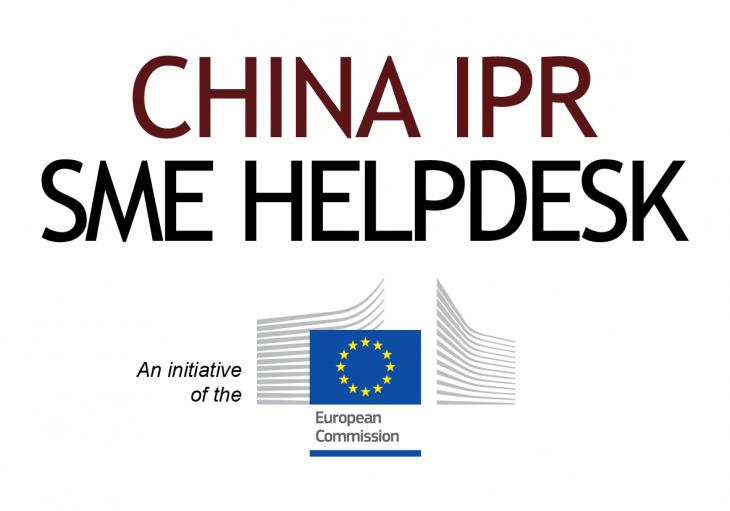China IPR: How to secure effective evidence at trade fairs
For companies considering moving into international markets, trade fairs are a key channel to introduce their product to the new market, expand visibility and customer base, and seek partners for manufacturing, distribution, and retail.
For many European SMEs, exhibiting at a major trade fair in China may be the first step towards internationalisation. However, as well as providing business opportunities, trade fairs also pose risks for exhibitors. In many ways, a trade fair can be viewed as a supermarket for local counterfeiters looking for the next great product to copy or brand to appropriate.
Examples of typical infringements found at trade fairs include:
- Displaying and selling counterfeit products bearing trademarks identical or similar to others’ registered trademarks;
- Displaying and selling products counterfeiting others’ patent rights;
- Utilising others’ copyrighted images or text in an advertisement and/or company brochure/product catalogue;
- Copying others’ product designs;
- Copying the design of another’s exhibition booth.
Why is collecting evidence important?
Evidence is needed for Intellectual Property Rights (IPRS) enforcement. No matter which enforcement action is best suited for a company, European SMEs will need to prove that their IPRs have been infringed by producing a significant volume of evidence.
What information could be accepted by Chinese Courts for the claim of IPR infringement?
Any evidence provided to the People's Court must have three basic features:
- Authenticity;
- Relevance;
- Legality.
Relevant evidence demonstrating infringement includes photos or a copy of the company brochure or product catalogue where the infringing product is mentioned, or where copyrighted images and/or texts are posted.
Types of notarisation at trade fairs
In practice, the most common way to secure relevant evidence of infringement at trade fairs is by means of notarisation (a fraud-deterrent process that assures the parties of a transaction that a document is authentic), including:
- Notarised purchases (i.e. purchasing a sample of an infringing product at a trade fair whilst accompanied by a notary public);
- Notarised photography of the presence of the infringer and/or infringing products at a trade fair (i.e. taking photos at trade fairs of the infringer’s exhibition booth, infringing products/exhibits, infringing advertisement with a notary public).
‘Do’s’ and ‘don’ts’ for conducting a notarisation at a trade fair:
Do:
- Undertake a pre-notarisation investigation against the targeted infringer: This is strongly advised in order to understand which evidence to notarise. IP owners should spend time on the first day of an exhibition walking around the fair making initial checks.
- Inform yourself: Before conducting a notarisation, IP owners are advised to meet with a notary public to discuss exactly what notarising evidence is, as well as how to do it.
- Collect all relevant evidence: It is the responsibility of IP owners to make sure all relevant evidence showing IPR infringement is collected.
- Get a receipt: If they purchase a sample of an infringing product at a trade fair, IP owners should be sure to ask for an official receipt including the infringing company’s seal or relevant person’s signature.
Don’t:
- Encourage exhibitors to re-commit previous IP infringement: If an infringing exhibitor has ceased offering an infringing product that an IP owner previously found for sale at a trade fair, then the IP owner should not try to induce the exhibitor to sell the infringing product, as such behaviour will be regarded by court as an unlawful way of collecting evidence or inducement to IPR infringement.
- Engage in confrontation with an exhibitor: If an infringing exhibitor stops an IP owner from taking photos of their exhibition booth and the infringing product, it is not advisable to argue directly with the exhibitor.
You can find the full China IPR SME Helpdesk article and read more about IP infringement below.
